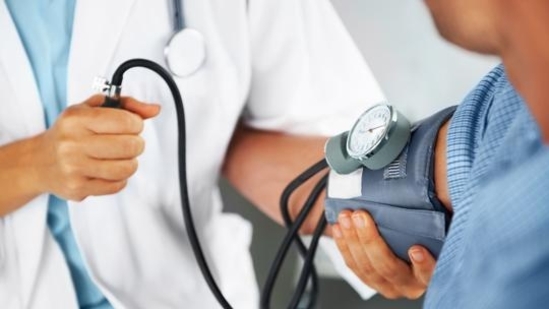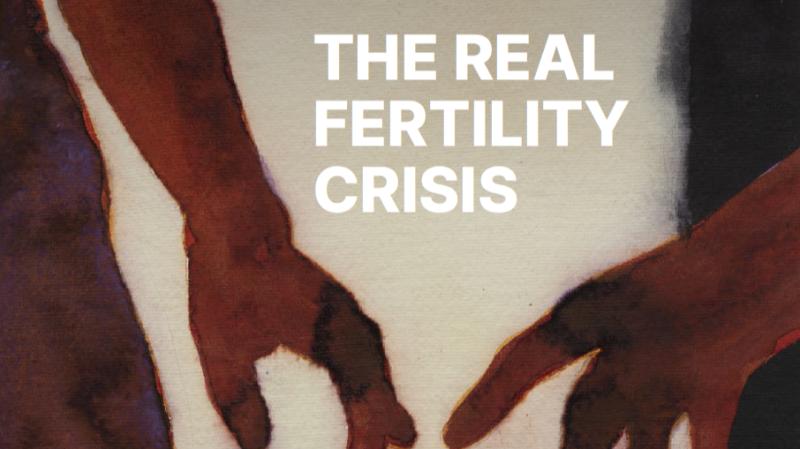- Courses
- GS Full Course 1 Year
- GS Full Course 2 Year
- GS Full Course 3 Year
- GS Full Course Till Selection
- MEP (Mains Enrichment Programme) Data, Facts
- Essay Target – 150+ Marks
- Online Program
- GS Recorded Course
- NCERT- First Ladder
- Polity
- Geography
- Economy
- Ancient, Medieval and Art & Culture AMAC
- Modern India, Post Independence & World History
- Environment
- Governance
- Science & Technology
- International Relations and Internal Security
- Disaster Management
- Ethics
- Current Affairs
- Indian Society and Social Issue
- CSAT
- 5 LAYERED ARJUNA Mentorship
- Public Administration Optional
- ABOUT US
- OUR TOPPERS
- TEST SERIES
- FREE STUDY MATERIAL
- VIDEOS
- CONTACT US
Crosspathy in India: Bridging Healthcare Gaps or Compromising Medical Ethics?
Crosspathy in India: Bridging Healthcare Gaps or Compromising Medical Ethics?

- In January 2025, the Maharashtra FDA allowed homeopathic doctors who completed a pharmacology course to prescribe allopathic medicines.
- The Indian Medical Association (IMA) opposed this because it violates a Bombay High Court stay and the Supreme Court's stance on crosspathy.
What is Crosspathy?
- Crosspathy is when doctors trained in one medical system (like Ayurveda, Yoga, Unani, Siddha, Homeopathy) use treatments from another system (like allopathy modern medicine). For example, a homeopathic doctor prescribing allopathic medicine.
- Concerns: Every medical system has its own principles and practices. Mixing treatments without proper training could harm patients. In India, there are strict rules on who can prescribe which medicines, and authorities like the Supreme Court have raised concerns about crosspathy due to safety risks.
Key Legal Cases on Crosspathy in India:
|
Case |
Details |
|
Poonam Verma vs. Ashwin Patel (1996) |
Dr. Ashwin Patel, a homeopath, prescribed allopathic medicines to a patient, leading to their death. The Supreme Court ruled it as medical negligence, and said cross-system practice is negligent unless authorized by the state. |
|
State of Punjab vs. Baljit Singh (1999) |
A homeopath without proper qualifications practiced allopathy. The court ruled doctors must practice within their own medical system for patient safety. |
|
K.K. Verma vs. Union of India (2007) |
This case raised concerns about AYUSH doctors prescribing allopathic drugs. It brought debates on unqualified practitioners. |
|
IMA vs. Tamil Nadu (2014) |
The IMA challenged a Tamil Nadu rule allowing homeopaths to prescribe allopathic medicine. The case was dismissed, but it reinforced the IMA's opposition to crosspathy. |
|
Madhya Pradesh High Court (2015) |
The court ruled that AYUSH doctors cannot prescribe allopathic drugs without proper qualifications, reinforcing the need for clear boundaries between medical systems. |
What Are Reasons for Promoting Crosspathy:
- Report (2022-23): There is an 80% shortage of specialist doctors in rural areas.
- Only 4,413 specialists are available, while 21,964 are needed.
- To address this, the government has promoted AYUSH doctors to help meet the shortage, especially in rural areas.
- India has over 13 lakh allopathic doctors and 5.5 lakh AYUSH practitioners. However, most doctors are in urban areas.
- The doctor-population ratio is 1:836, better than the WHO standard of 1:1000, but rural areas still lack healthcare access.
- Crosspathy may provide a solution by using available AYUSH doctors to help people in remote areas.
- Crosspathy is seen as an experiment to combine modern and traditional medicine to improve healthcare.
- Homeopathic doctors are trained in pharmacology to safely prescribe allopathic medications.
- The government supports crosspathy to bridge the healthcare gap, especially in underserved areas.
- Services like eSanjeevani provide remote consultations, making healthcare more accessible.
Concerns Regarding Crosspathy in India:
- Crosspathy could lead to misdiagnosis and unsafe treatments, as practitioners may lack the knowledge needed to prescribe modern medicine.
- Mixing medicines from different systems could lead to harmful drug interactions and side effects. Some practitioners might not understand these risks.
- Practicing outside one's expertise may be seen as professional misconduct and a violation of ethical guidelines.
- Critics argue that crosspathy could reduce the quality of healthcare since practitioners may not be fully trained in modern medicine.
- The Medical Council of India (MCI) has set rules against unqualified practitioners practicing crosspathy.
Ensuring Safe Crosspathy: Key Recommendations:
- Provide bridge courses in pharmacology, diagnostics, and emergency care for practitioners of alternative medicine to ensure they can safely prescribe modern medicine.
- Establish clear guidelines and regulations to ensure that only qualified practitioners with adequate training can prescribe allopathic medicines.
- Regularly update these regulations to keep up with changes in the medical field.
- Require ongoing medical education to keep practitioners updated on both modern and traditional medicine.
- Encourage conferences and workshops for knowledge exchange between different medical systems.
- Set up systems to monitor practitioners and collect patient feedback. Ensure they follow safety guidelines.
- Educate the public about crosspathy and its potential risks and benefits. Help patients make informed decisions about their healthcare.
- Promote collaboration between different medical bodies (like IMA and AYUSH councils) to develop a unified approach to crosspathy.
- Encourage research on integrating traditional and modern medicine for holistic healthcare.
|
Organization |
Key points |
|
About World Health Organization (WHO) |
Formation: April 7, 1948 Headquarters: Geneva, Switzerland Director-General: Tedros Adhanom Ghebreyesus Mandate: Improve global health focusing on physical, mental, and social well-being. Achievements: Eradication of smallpox, near-elimination of polio, Ebola vaccine. Current Priorities: Communicable diseases (e.g., HIV/AIDS, malaria), non-communicable diseases (e.g., heart disease), nutrition, occupational health, substance abuse. |
|
About Indian Medical Association (IMA) |
Formation: 1928 Headquarters: New Delhi, India Objectives: Promote medical sciences, uphold ethics, protect doctors' interests. Functions: Improve public health, advocate for doctors' rights, organize educational events. Advocacy: Engage in policy work, public health campaigns (e.g., immunization, anti-tobacco). Opposes crosspathy, advocating for patient safety and high-quality care. |
|
Also Read |
|
UPSC Foundation Course |
|
| UPSC Monthly Magazine | CSAT Foundation Course |



